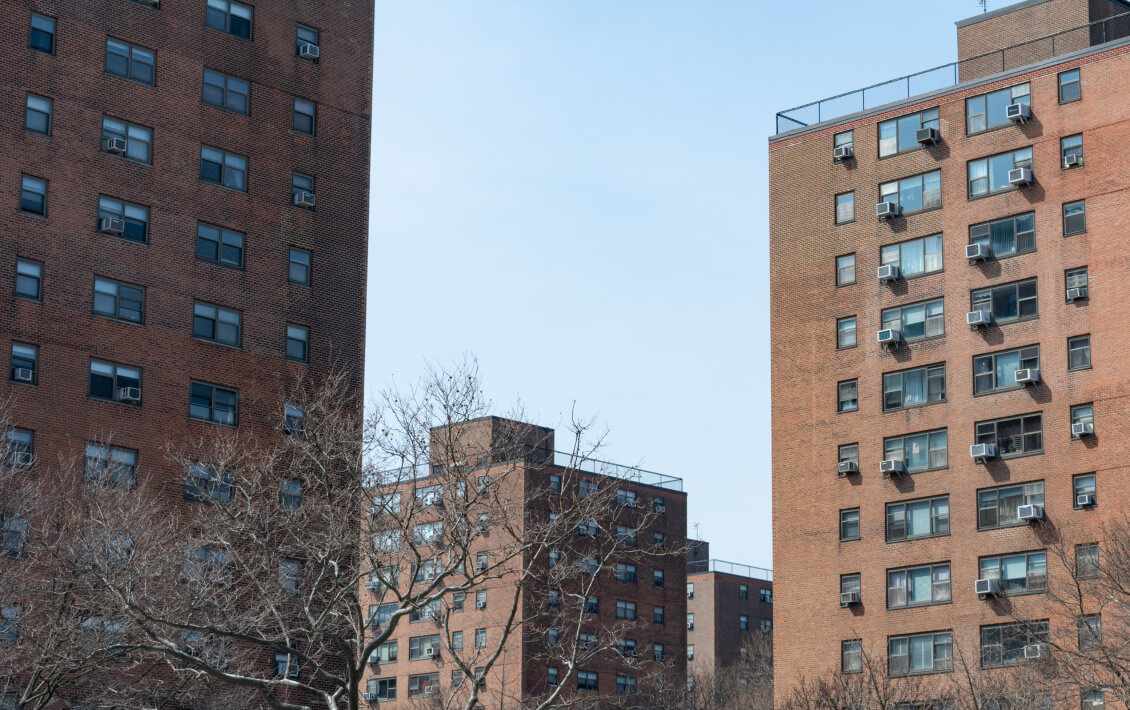The journey towards mitigating lead paint hazards in the U.S. housing and childcare facilities has been long and complex. This article provides a detailed exploration of the key federal acts and regulations that have shaped today’s lead paint management landscape.
The Lead-Based Poisoning Prevention Act of 1971 (LPPPA)
- Initial Legislation (1971): Aimed at reducing lead levels in federally financed housing, the LPPPA marked the first major federal effort to address lead poisoning risks associated with paint.
- Amendments (1973 and beyond): Expanded the LPPPA’s scope to require HUD to eliminate lead-based paint hazards in federally financed and subsidized housing (PL 93-15).
- CPSC’s Role: The Consumer Product Safety Commission, implementing 1976 amendments, effectively banned the sale of lead-based paint for consumer use starting in 1978 (16 CFR Part 1303).
Title X and the Residential Lead-Based Paint Reduction Act of 1992
- Significant Revisions (1992): Title X introduced major amendments, including the creation of new chapters and amendments to existing laws under the Housing and Community Development Act of 1992.
- Enhanced Federal Housing Requirements: Imposed specific requirements on federally owned, insured, and assisted housing for lead hazard prevention and abatement.
- Impact on Private Housing: Section 1018 mandated disclosure and warning requirements for the sale or rental of pre-1978 housing units, expanding the act’s reach to most private housing (42 U.S.C. § 4852d).
Federal Regulations Shaping Lead Hazard Management
- Worker Certification (TSCA § 402 Regulations):
- Set standards for training and certification of individuals engaged in lead-based paint activities. These regulations define the procedures for risk assessment, inspection, and abatement (40 C.F.R. Part 745, Subpart L).
- Identification of Dangerous Levels of Lead (TSCA § 403 Regulations):
- The EPA’s regulations under TSCA § 403 provide a framework for defining hazardous lead levels in paint, dust, and soil, crucial for identifying and managing lead hazards (40 C.F.R. 745 Subpart D).
- Pre-renovation Warnings and Repair and Renovation Regulations (Subpart E):
- Focus on the distribution of lead hazard information prior to renovation work in pre-1978 buildings. These rules are essential for ensuring safety during renovation activities (40 C.F.R. 745 Subpart E).
- Lead Disclosure (Subpart F):
- Enacted in 1996, these regulations require lessors and sellers of pre-1978 housing to disclose any known lead-based paint hazards. Non-compliance can lead to significant legal and financial repercussions (24 C.F.R. §§ 35.80 through 35.98, 40 C.F.R. §§ 745.100 through 745.119).
Legal and Practical Implications
- Damages and Liability: The courts have been grappling with how to assess damages for non-disclosure or mismanagement of lead hazards. The role of treble damages and the parties liable for violations are key considerations.
- Statute of Limitations: A four-year limitation typically applies, aligning with the enactment date of the RLBPHRA in 1992 (28 U.S.C. § 1658).
- Jurisdiction and Legal Proceedings: The legal landscape shows that both state and federal courts have jurisdiction over cases related to lead-based paint regulations.
Conclusion
Navigating the regulatory environment surrounding lead-based paint in the United States requires an understanding of a complex array of federal laws and regulations. These measures, evolving since the 1970s, reflect a commitment to reducing lead poisoning risks, particularly for vulnerable populations like children. For property owners, tenants, childcare facilities, and legal practitioners, comprehending these regulations is essential for compliance and safeguarding health.
We welcome your legal questions for topically relevant articles in the future. Feel free to compose a question – it may be addressed in future articles. Email Question
Free Case Evaluation
Fill Out The Form Below To Find Out If You Have A Case.
Thank you for contacting us. One of our colleagues will get back to you shortly.



